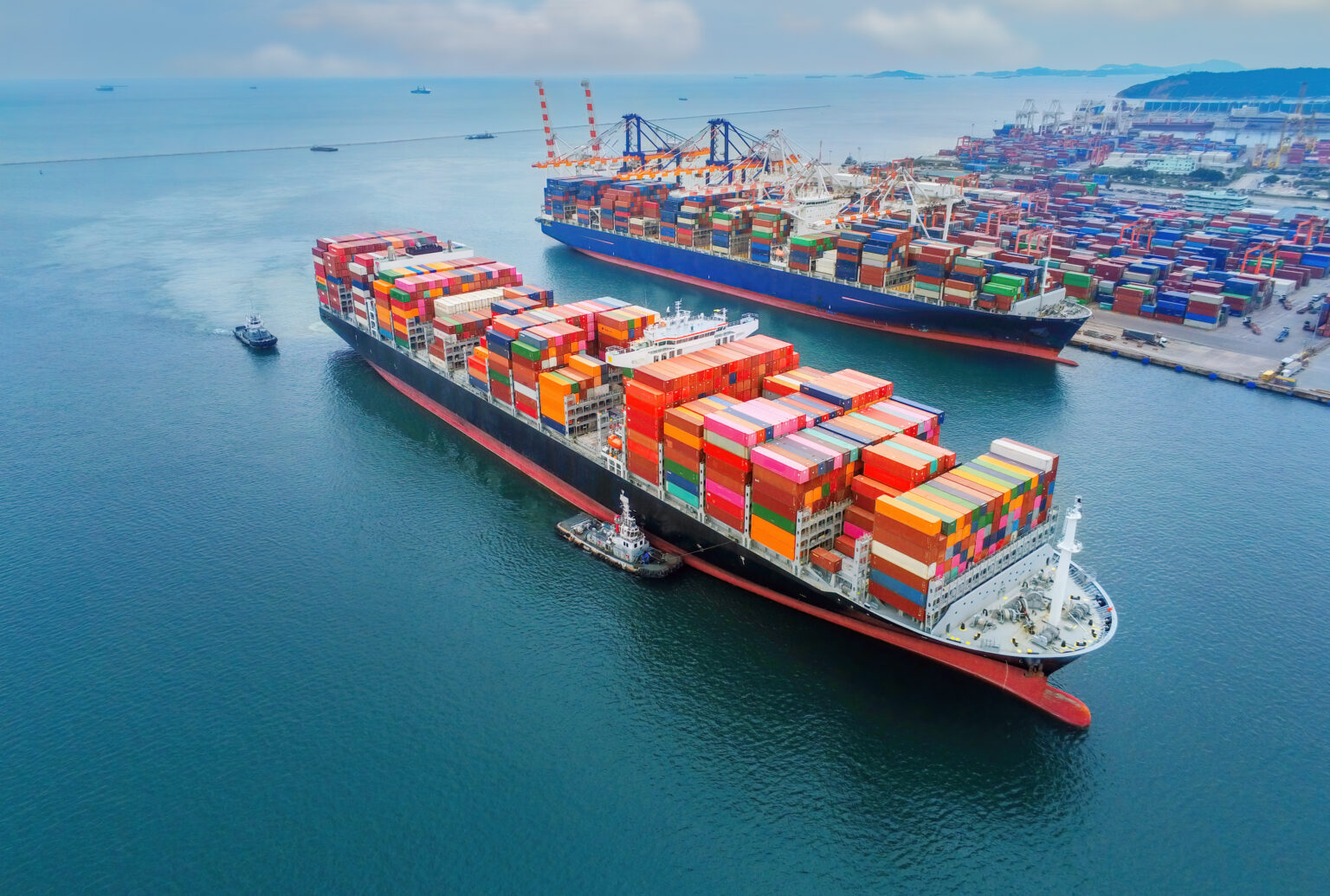This article dives into how freight forwarders can incorporate shipping methods like LCL and FCL and the potential of maritime biofuels to reduce emissions during peak seasons.
The challenge of peak season shipping
The holidays are a double-edged sword for the logistics sector. While it drives business growth, the surge in shipping activity often results in increased carbon emissions, congestion at ports, and logistical inefficiencies. For freight forwarders, meeting customer demands while maintaining long-term viability can seem like an impossible task.
But it doesn’t have to be. By rethinking shipping strategies, freight forwarders can align profitability with efficiency and increase sustainability.
LCL and FCL: Optimizing space
Both Less than Container Load (LCL) and Full Container Load (FCL) shipping methods play a critical role in maximizing efficiency and optimizing space.
- LCL: A flexible option for smaller shipments
LCL shipments allow multiple shippers to share container space, ensuring that no container is shipped underutilized. This method is ideal for handling the peak seasons’ smaller, more frequent shipments while minimizing the environmental impact of each package. By consolidating goods from various suppliers, LCL shipping addresses the inefficiency of half-empty container space, which otherwise leads to increased operational costs.
- FCL: Unlocking efficiency for bulk shipments
For larger volumes, FCL remains the go-to option. Freight forwarders can increase efficiency by carefully planning full container shipments to avoid empty returns. Advanced forecasting tools and collaborative planning with partners can make FCL shipping an efficient solution for your shipping needs.
Maritime Biofuels: The next wave in shipping
One of the most promising solutions in maritime shipping is the adoption of Maritime Biofuels. Biofuels, derived from renewable sources like liquified biogas, a fuel produced from organic materials such as manure, can significantly lower the environmental footprint of ocean freight.
Tech-driven sustainability
Technology is another ally in maximizing efficiency during peak seasons. Freight forwarders can leverage digital platforms to optimize shipping routes, monitor emissions, and improve transparency across the supply chain. Real-time data sharing also enables better decision-making, helping forwarders select the best options for LCL, FCL, and biofuel-powered shipping.
Turning challenges into opportunities
As the holiday season approaches, freight forwarders have a unique opportunity to rethink their strategies, embrace innovative solutions, and redefine what peak seasons look like. By combining the flexibility of LCL shipping, the efficiency of FCL logistics, and the positive environmental impact of maritime biofuels, the industry can meet growing demands while making meaningful strides toward a more responsible future.
The holidays may bring challenges, but they also present opportunities to innovate, collaborate, and deliver – literally and figuratively – with excellence.




